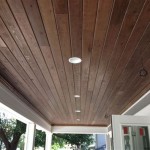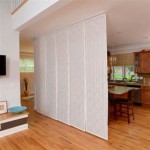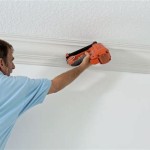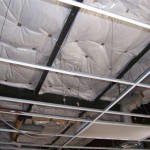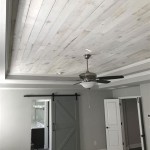How to Build Vaulted Ceiling Trusses Revit Family
Vaulted ceiling trusses are a popular architectural element that can add a touch of drama and sophistication to any space. They can be used in a variety of applications, from residential to commercial, and can be customized to suit the specific needs of the project. In this article, we will show you how to build a vaulted ceiling truss Revit family so that you can start using them in your own projects.
Step 1: Create a New Revit Family
The first step is to create a new Revit family. To do this, click on the "New" button in the Revit ribbon and select "Family." In the "New Family" dialog box, select the "Metric Generic Model" template and click "OK." Give your family a unique name and enter your project path. This will open a blank Revit family file.
Step 2: Define the Parameters of the Truss
The next step is to define the parameters of the truss. This includes the length, width, height, and pitch of the truss. To do this, click on the "Parameters" tab in the Revit ribbon and add the following parameters to the family:
- Length: The length of the truss in feet or meters.
- Width: The width of the truss at the base in feet or meters.
- Height: The height of the truss at the peak in feet or meters.
- Pitch: The pitch of the truss in degrees.
Step 3: Create the Geometry of the Truss
Once you have defined the parameters of the truss, you can start creating the geometry. To do this, click on the "Create" tab in the Revit ribbon and select "Extrude." Draw the shape of the truss in the sketch plane and then extrude it to the desired height. It will be helpful to constrain the sketch to maximize later usability. Additionally, it is a good idea to create a reference plane at the desired elevation in which your truss will be placed.
Step 4: Add Detail to the Truss
Once you have created the basic geometry of the truss, you can start adding detail. This includes the joists, rafters, and any other structural elements. To do this, click on the "Create" tab in the Revit ribbon and select the appropriate geometry tool. Draw the geometry in the sketch plane and then extrude it to the desired depth. Apply appropriate constraints to your sketch to make it parametric.
Step 5: Add Materials and Finishes
Once you have added detail to the truss, you can add materials and finishes. To do this, click on the "Properties" tab in the Revit ribbon and select the appropriate material or finish from the library. You can also create your own custom materials and finishes.
Step 6: Load the Family into a Project
Once you have finished creating the family, you can load it into a project. To do this, click on the "Insert" tab in the Revit ribbon and select "Load Family." Browse to the location of the family file and click "Open." The family will be loaded into the project and you can place it in your model.
Conclusion
Building vaulted ceiling trusses Revit family is not a difficult task. By following the steps outlined in this article, you can create a custom family that can be used in a variety of projects. With a little practice, you will be able to create families for any type of structural element.

Vaulted Ceiling In Revit Tutorial With Roof Construction

Truss For A Shed Roof In Revit Family Tutorial

Revit Tutorial Trusses

Solved Revit Lt Roof Scissors Trusses Autodesk Community

Truss In Revit Tutorial

How To Create A Truss In Revit

Auto Generate Complex Roof Truss Systems In Revit Sneakk

Revit 2024 Roof Trusses Cadline Community

Solved How To Create Simple Truss With Adjustable Slope Autodesk Community

Advanced Truss Construction In Revit Tutorial
Related Posts


